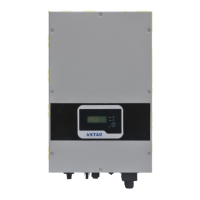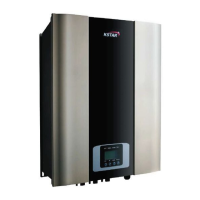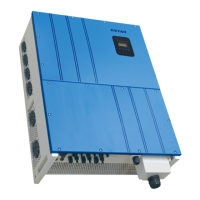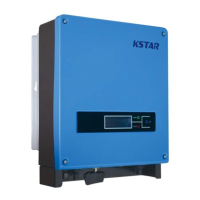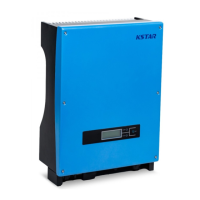What to do if leakage current is high on KStar KSG-5K-DM?
- JJorge MckeeSep 18, 2025
If your KStar Inverter displays a 'Leakage Current High' error, you can try: 1. Disconnecting the PV input and restarting the inverter to see if the fault still occurs. 2. If the problem persists, contact your local distributor.


